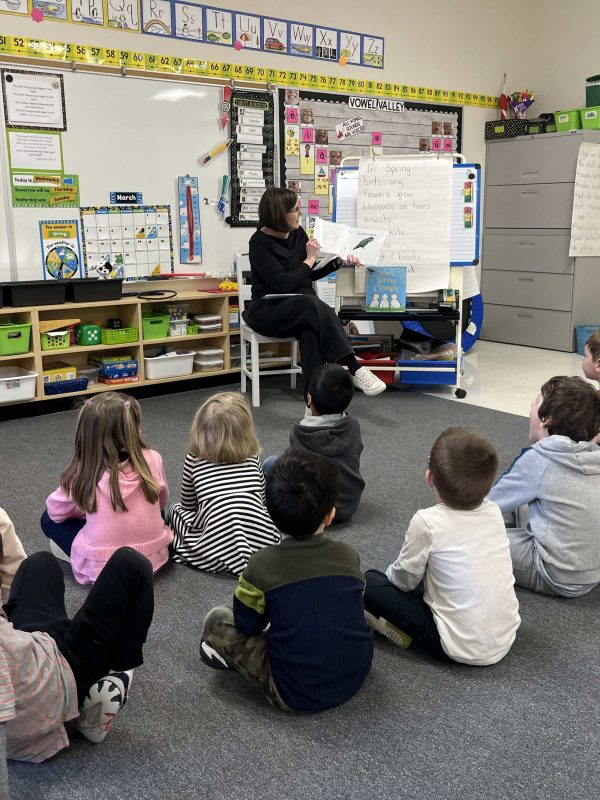We began looking into the Science of Reading in the last Blog Post. You will want to read Science of Reading (Part 1) before reading this post.
As stated, high-frequency “sight words” words are categorized into two groups. These groups are regularly spelled and irregularly spelled words.
Regularly spelled high-frequency words are words that can be decoded (sounded out) using common phonics knowledge and letter-sound relationships. These words are taught when their phonic skill is taught. Of the 220 sight words we want our students to know, 63% of them are regularly spelled words.
High-frequency words that are irregularly spelled are now referred to as “heart words.” These words are unique because they have tricky parts (we refer to as heart letters) that students are explicitly taught. Of the 220 Dolch sight words, 37% of them are heart words and will require direct instruction for students to properly learn them.
An example of a heart word is the word, “said.” Students can usually identify the beginning and ending sounds (/s/ and /d/), but the middle sound they hear is a short e, therefore often spelling the word s-e-d.
The “heart letters” or the tricky part in this word are “ai”. With the Heart Word Method, students receive explicit phonics instruction to learn that in the word “said” we spell the short e sound with the letters “ai”. This is the part of the word that they must learn by heart!
In this way, we desire students to begin their reading using decodable texts focused on the phonics skills they are learning and have already learned. These texts ensure the students are decoding the words using their understanding of phonics and shows the mastery of the knowledge being taught
While this approach may look different from what you have seen, heard of, or experienced in the past, you can feel confident knowing it is backed by science. As Kindergarten teachers, we are excited to be seeing a difference in our students’ learning as we provide more explicit phonemic awareness and phonics instruction that is helping them grow as readers, writers, and spellers.
Information above has been found within the Science of Reading. Credit is given to both Malia Hollowell of Playdough to Plato (Reading Roadmap) and Tara West of Little Minds at Work (Guided Phonics and Beyond Curriculum) for their online training and educational resources.

